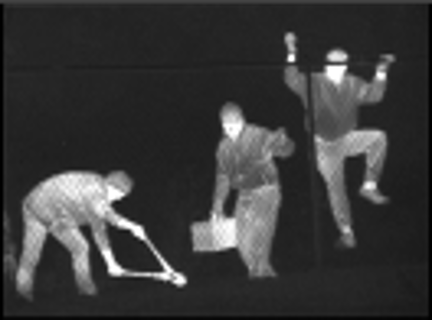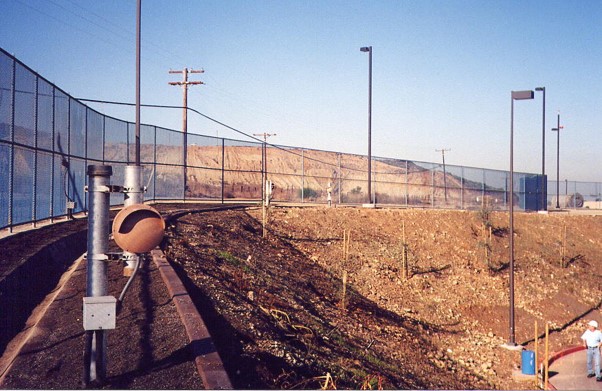It’s been some time since we posted comparing sensor-based perimeter security to video-based outdoor intrusion detection systems. Has anything changed?
The security market is video-centric. We get it – CCTV is a good tool, and it keeps getting better. Every year hundreds of firms plow millions of dollars into CCTV R & D, and millions more are invested in mobile platforms such as drones and artificial intelligence (AI) and its integration with security systems. Video is visceral and often better than “eyes on” assessment since systems may be capable of collecting and displaying information we cannot see (think thermal and IR imaging of the invisible). Storing information on a system featuring quick retrieval provides an even more compelling case for video.

If your system has been designed and installed right and everything’s working properly, video addresses what happened and when it happened. With internet connectivity you may have the means to see what’s happening now, and remotely intervene when a crime is taking place. Under ideal circumstances you may even identify a perpetrator.
Yet we’ve learned crime often doesn’t happen under ideal circumstances, whether by accident or plan. Factors such as weather and “operator error” can make a bad situation worse. Layered systems use tools such as intrusion detection, CCTV, communications, access control, and screening that together mitigate an enterprise’s vulnerabilities.
There’s no substitute for starting with a physical security risk assessment (RA) followed by a vulnerability assessment (VA). The RA outlines the threats, while a VA shows under what circumstances assets are at risk. The VA will also outline and perhaps quantify the potential impact.
DETECT DELAY RESPOND
Some situations add Deter, Deny, Assess, Communicate, and Intervene to address a particular vulnerability. We do so understanding ASIS International ESRM (Enterprise Security Risk Management) models and tools.

If you’ve determined it’s people you’re trying to find, consider the environment. Even the best lighted perimeters with low light/no light video technologies may be compromised if there’s blowing sand or snow, and/or fog. At a minimum you should be considering a layered “defense in depth” approach, with physical and electronic systems providing enhanced protection for the times when conditions are bad.

As outside reps for leading industry manufacturers, we have field experience with scores of sensors and systems.

It is with this insight that we repeat: many of our clients once felt that video was their best line of outdoor perimeter defense. Video was chosen to tell them how something happened, and who did it. It took one incident to tell them they need more than video alone can provide.

